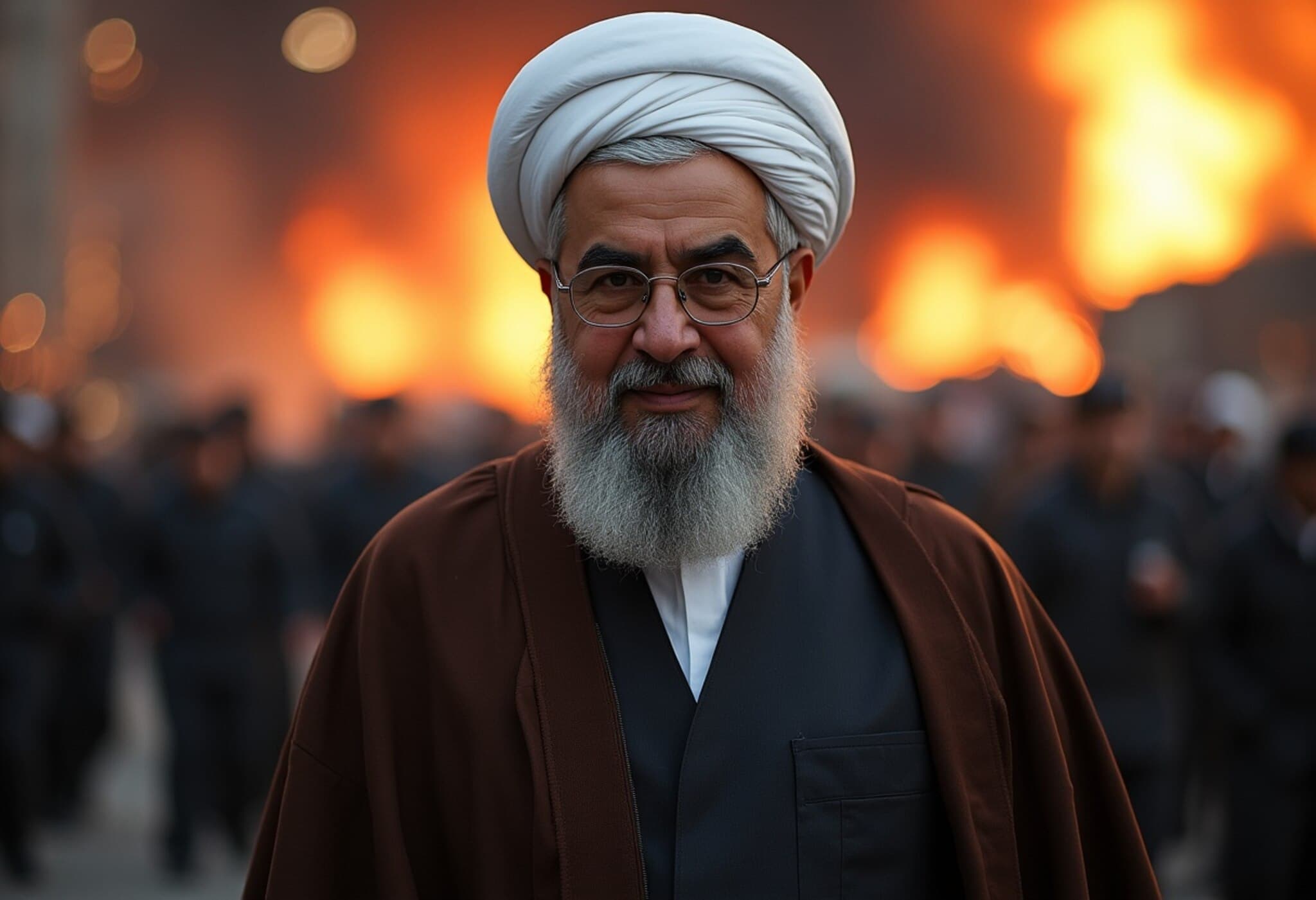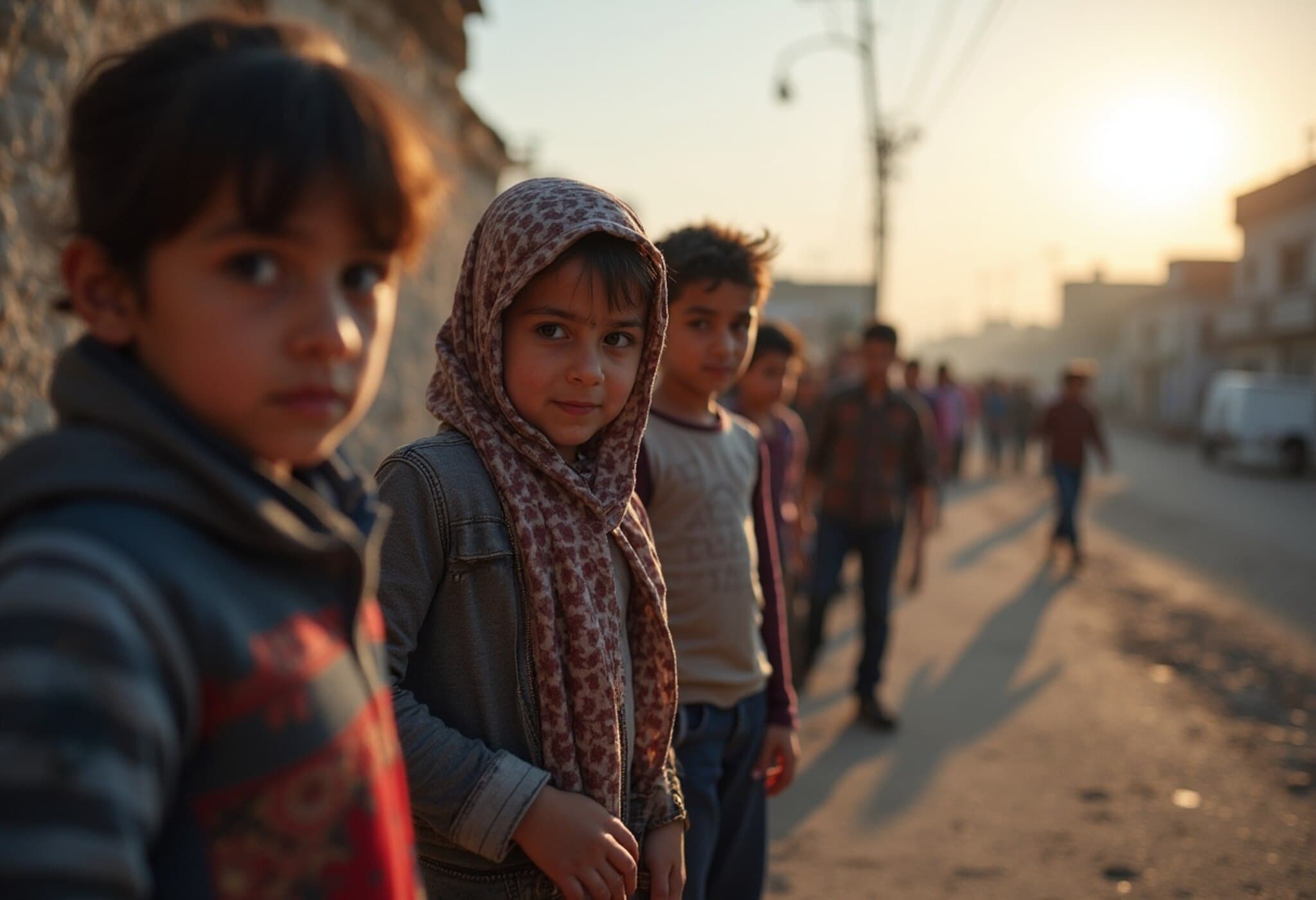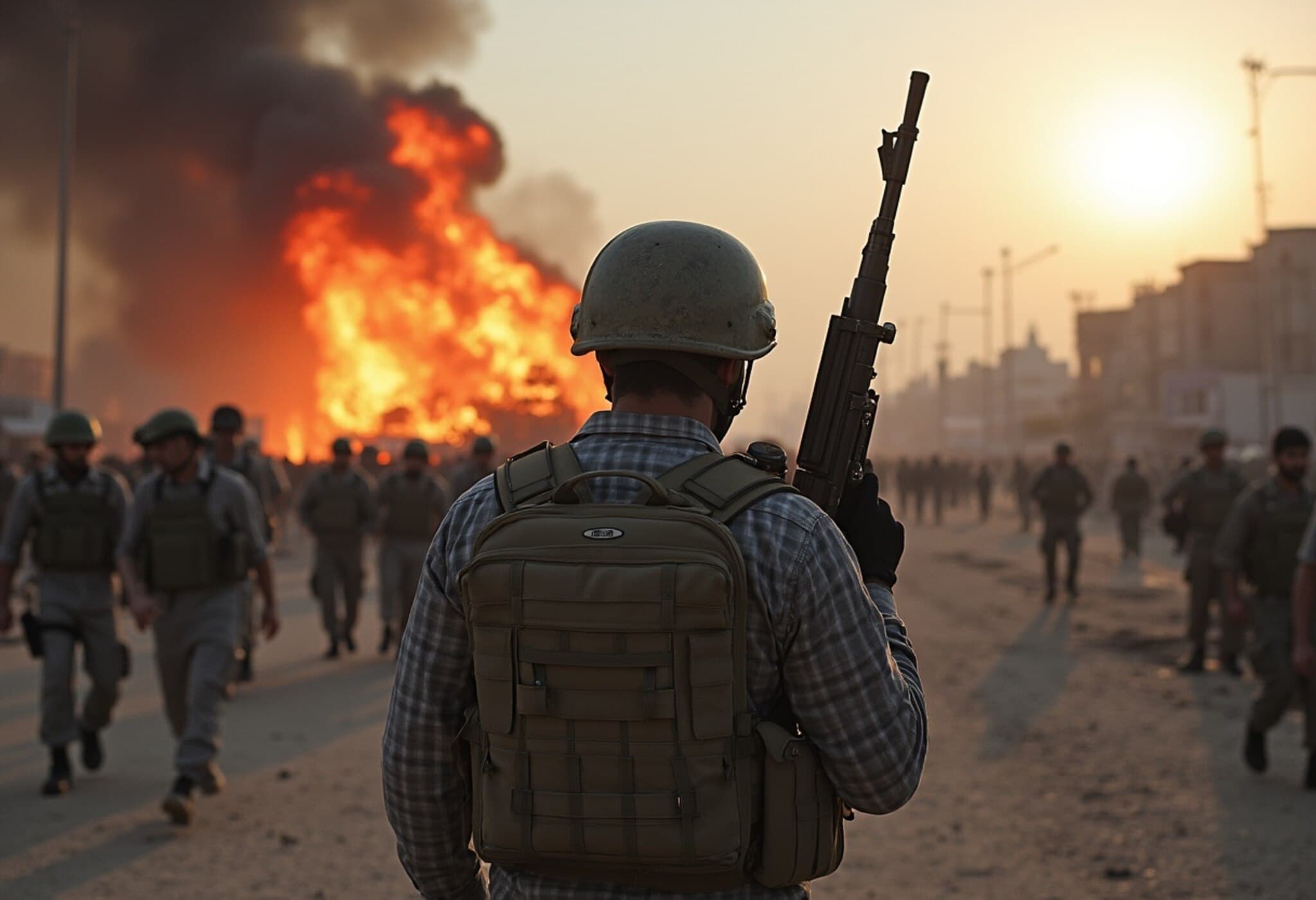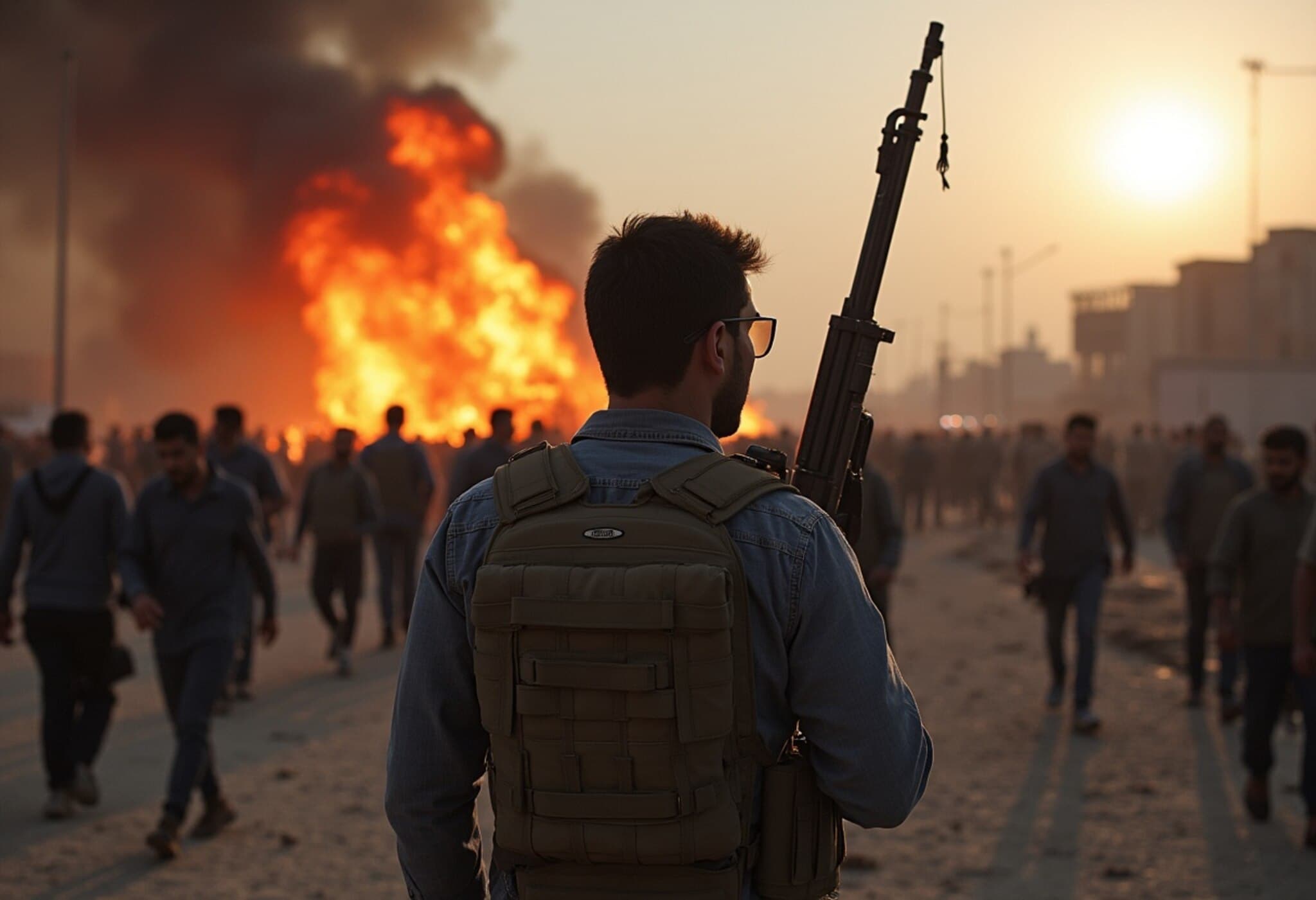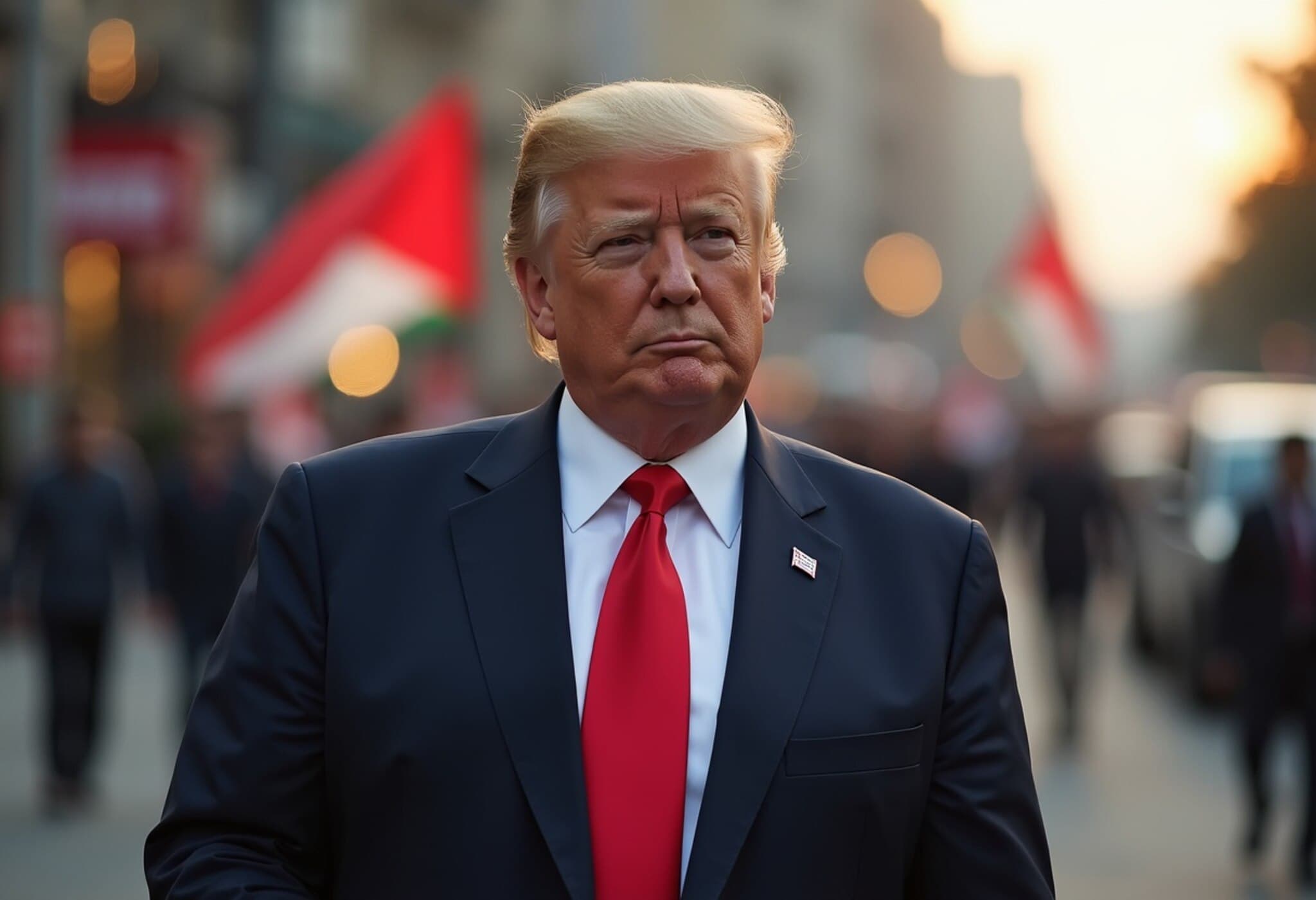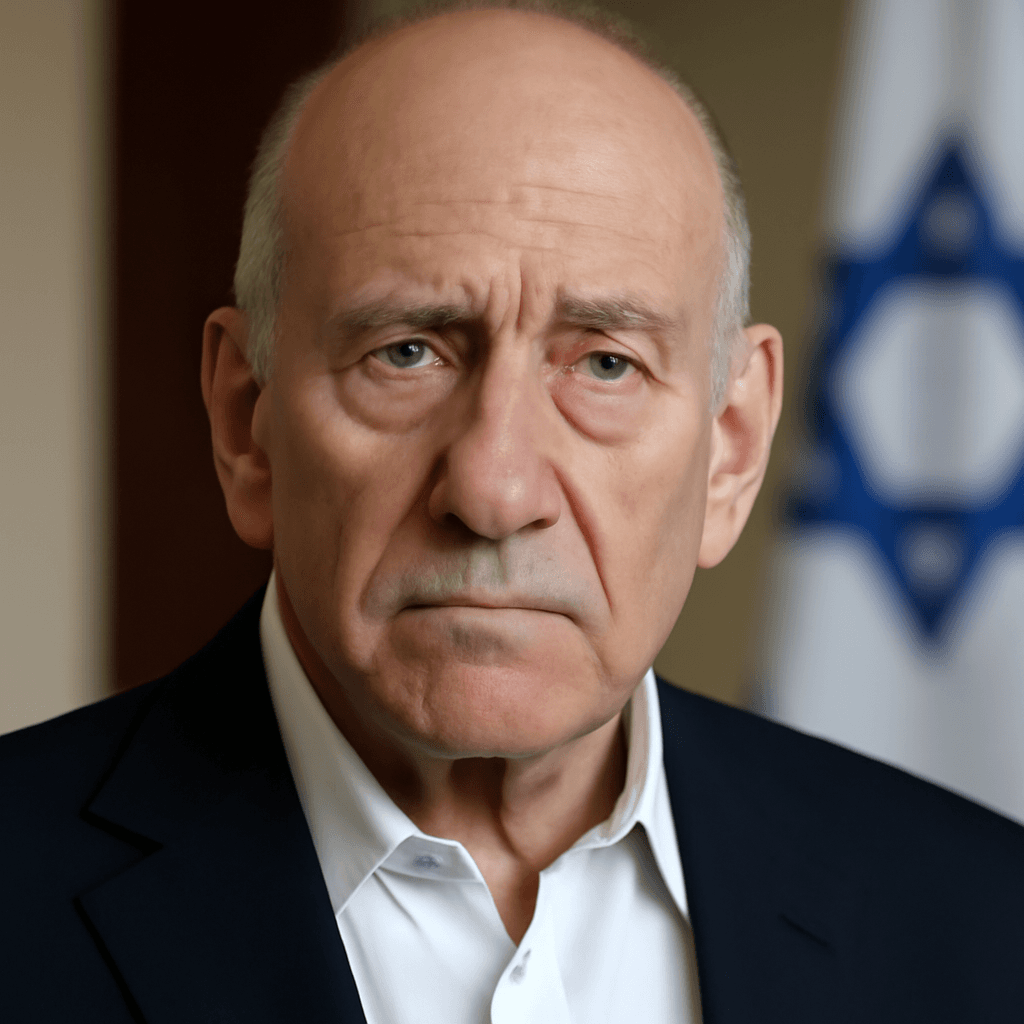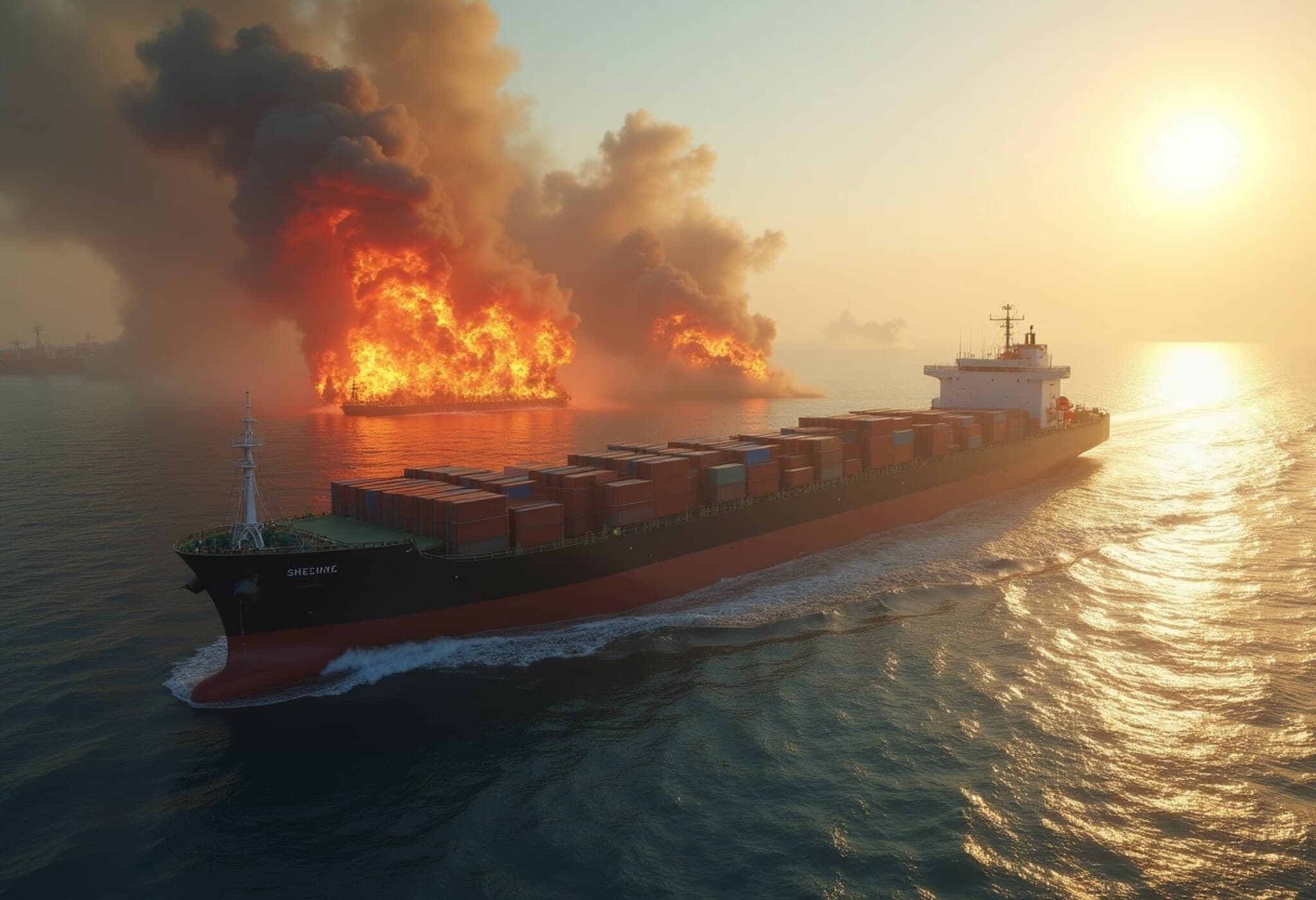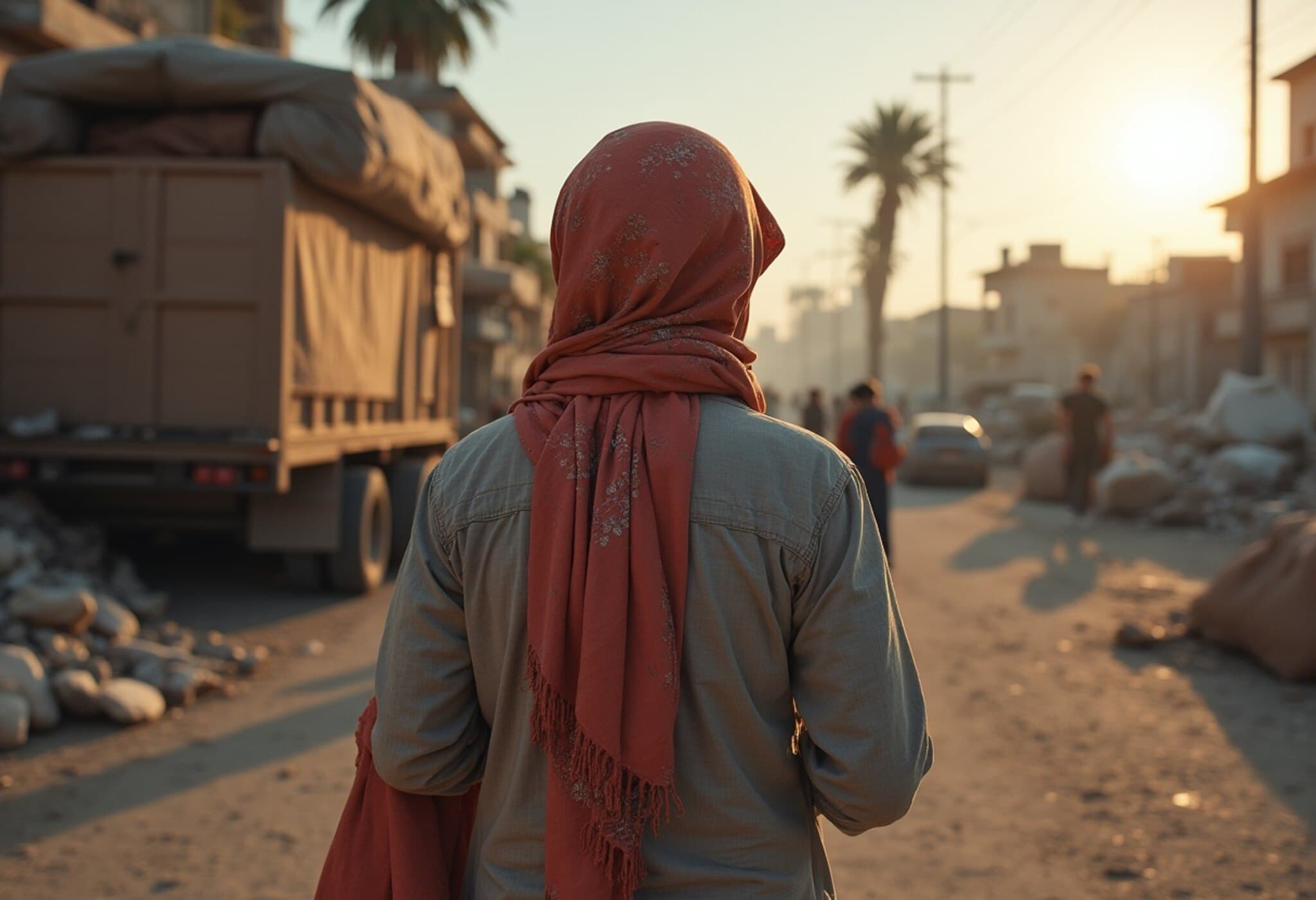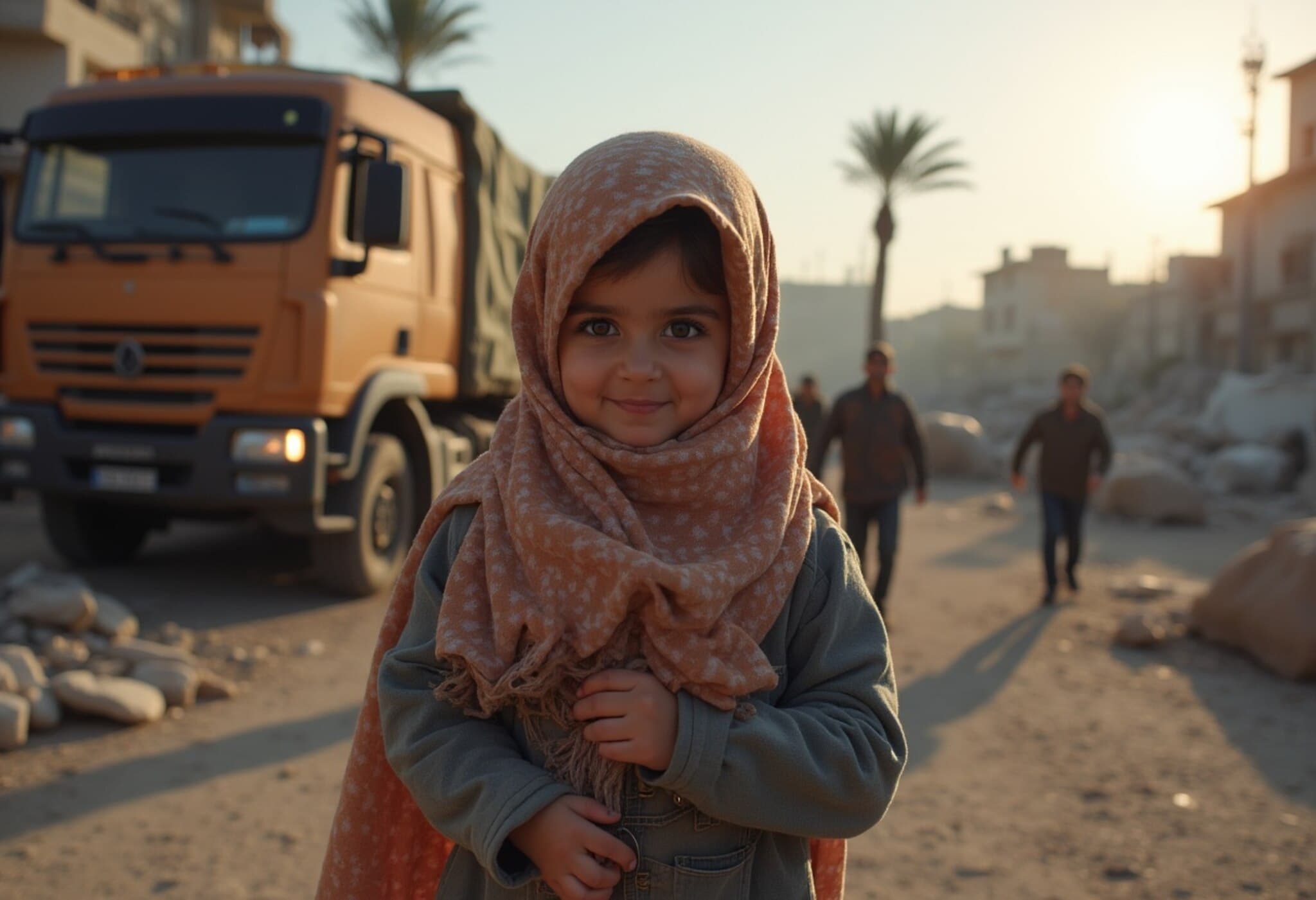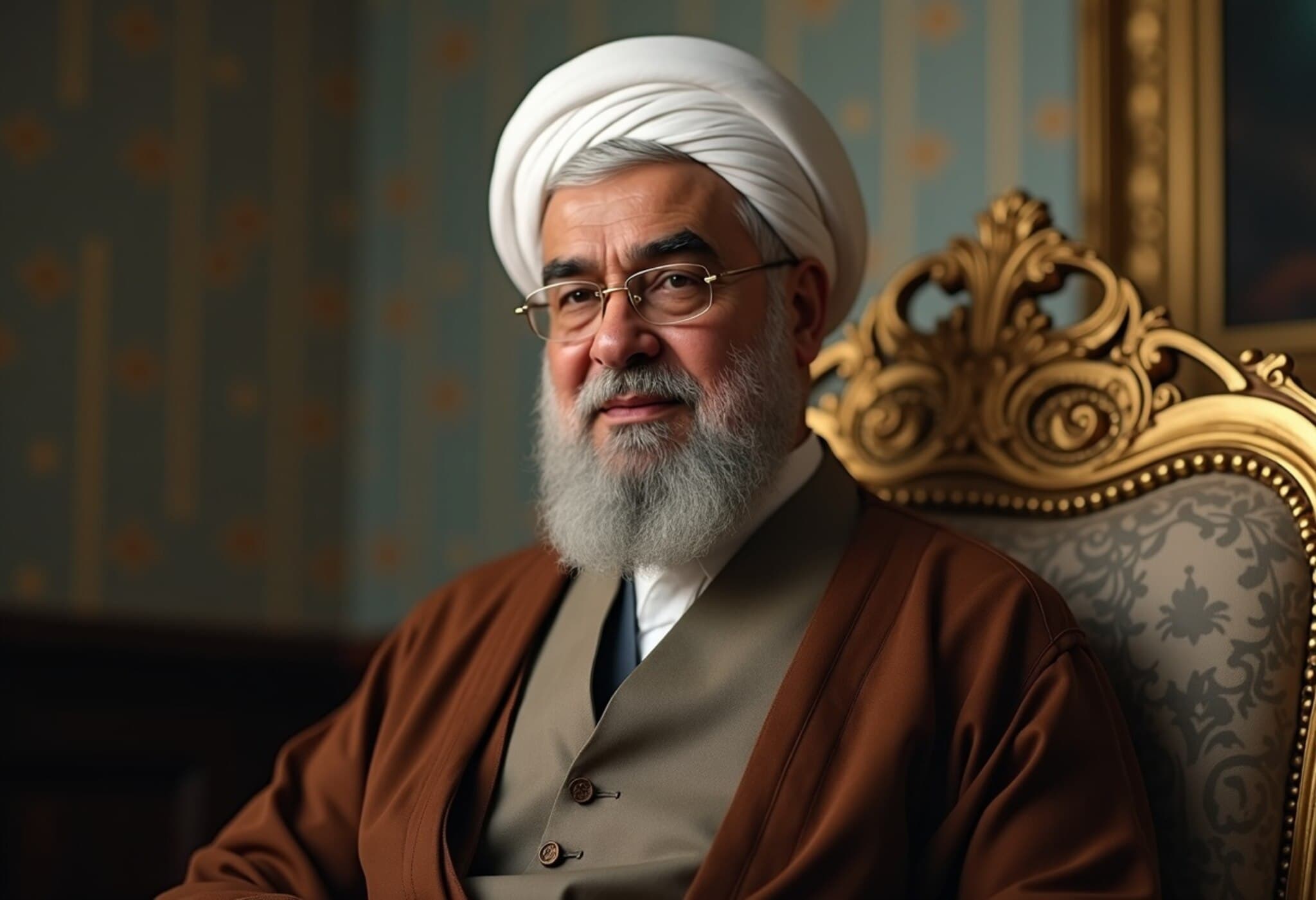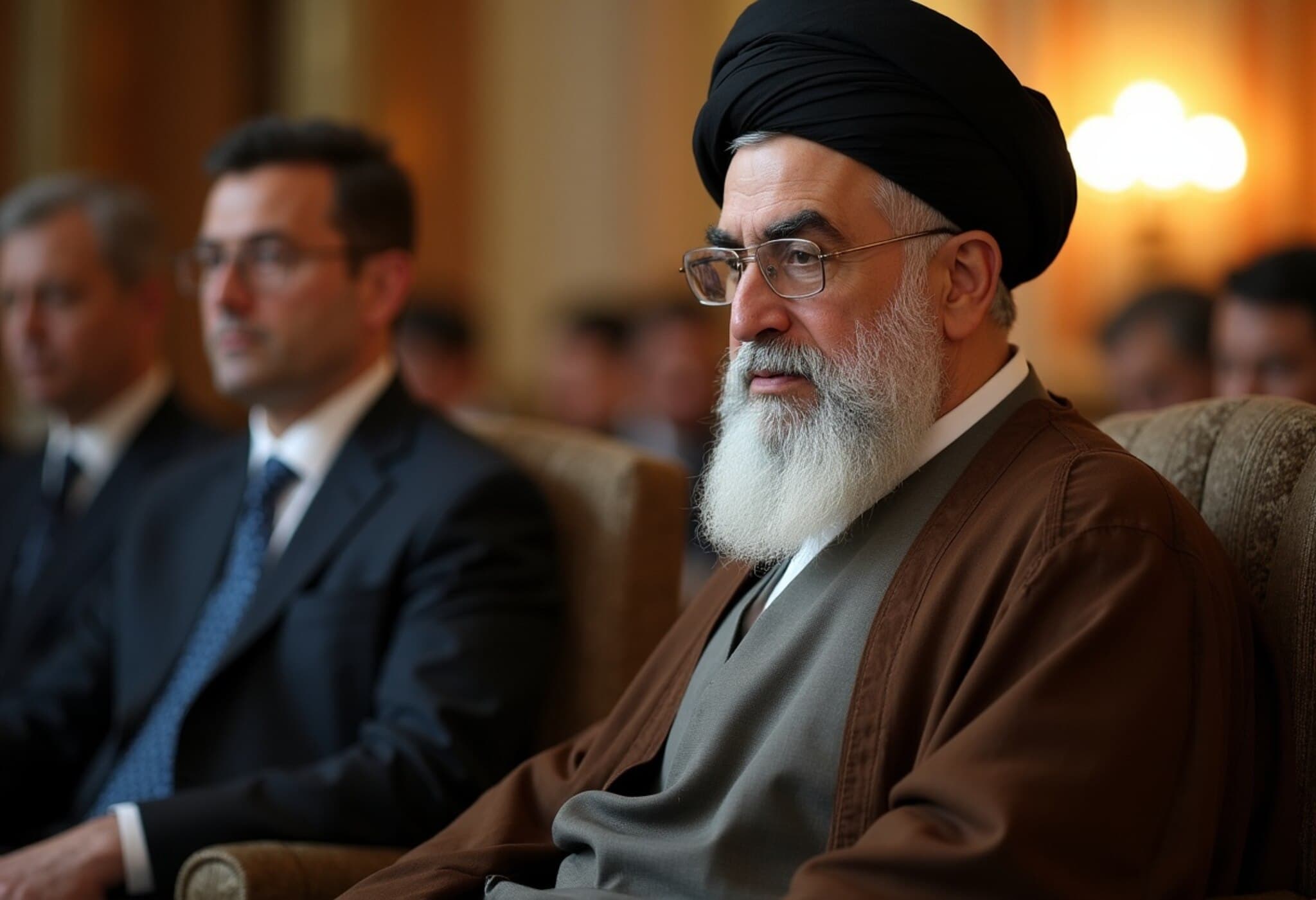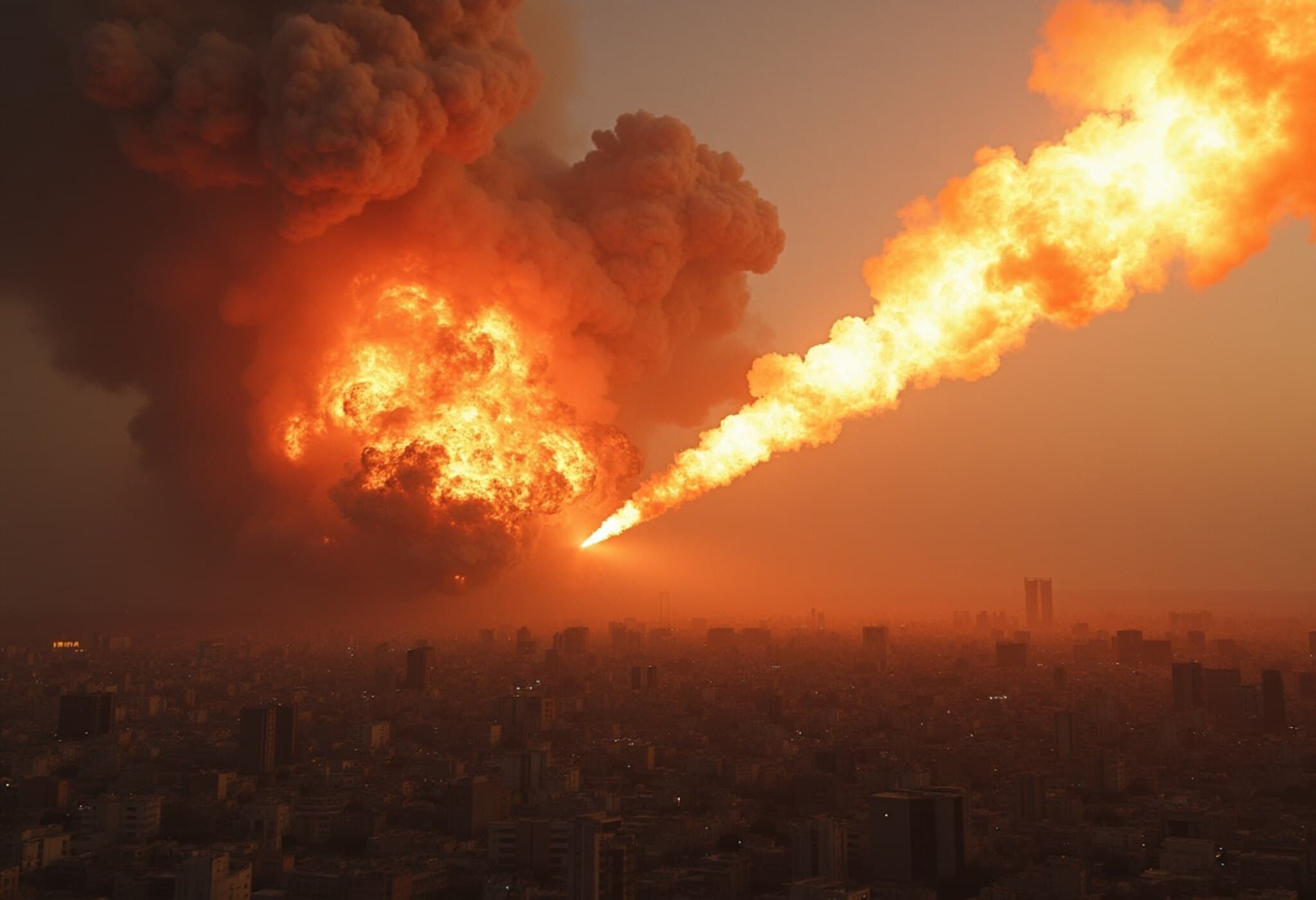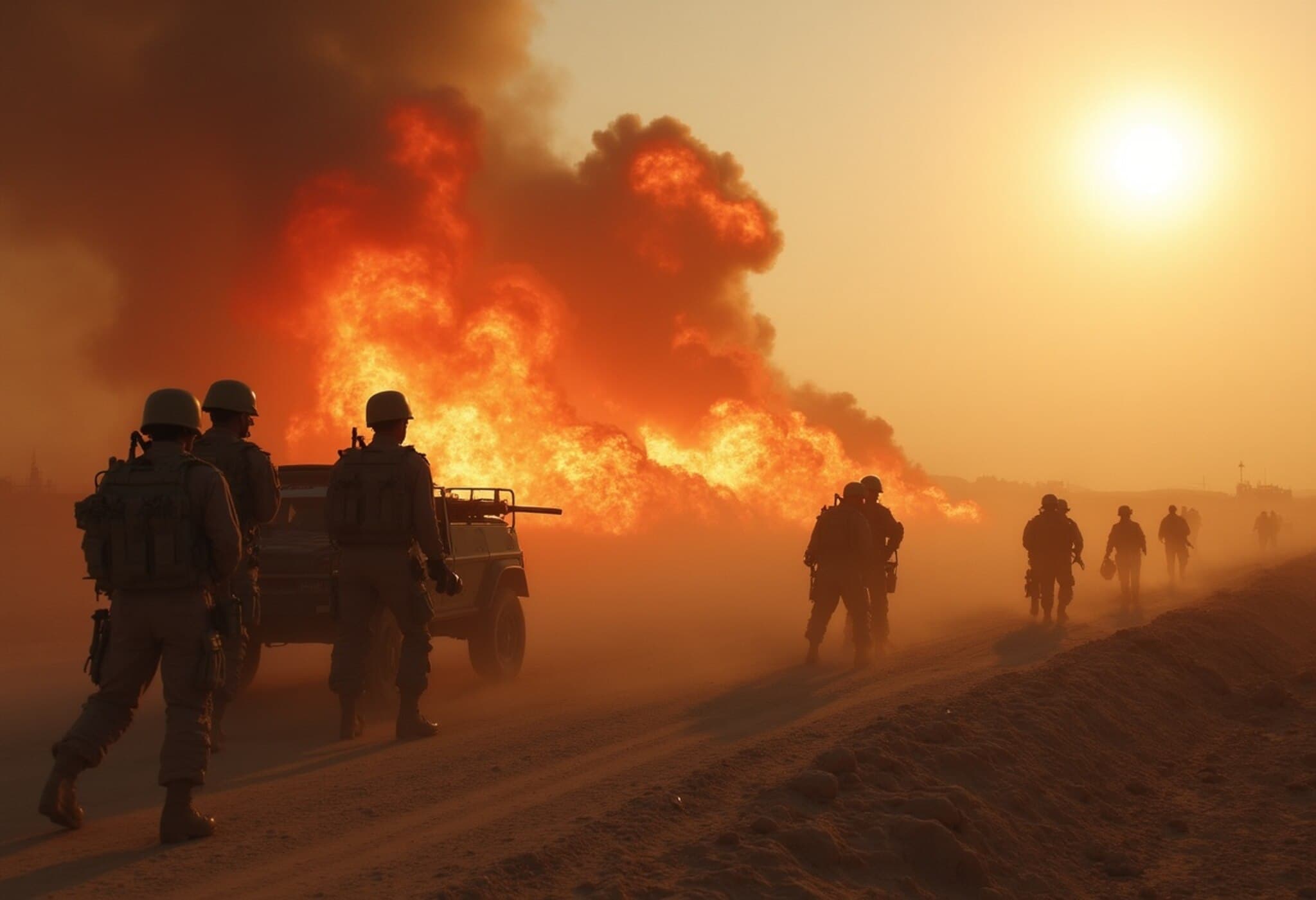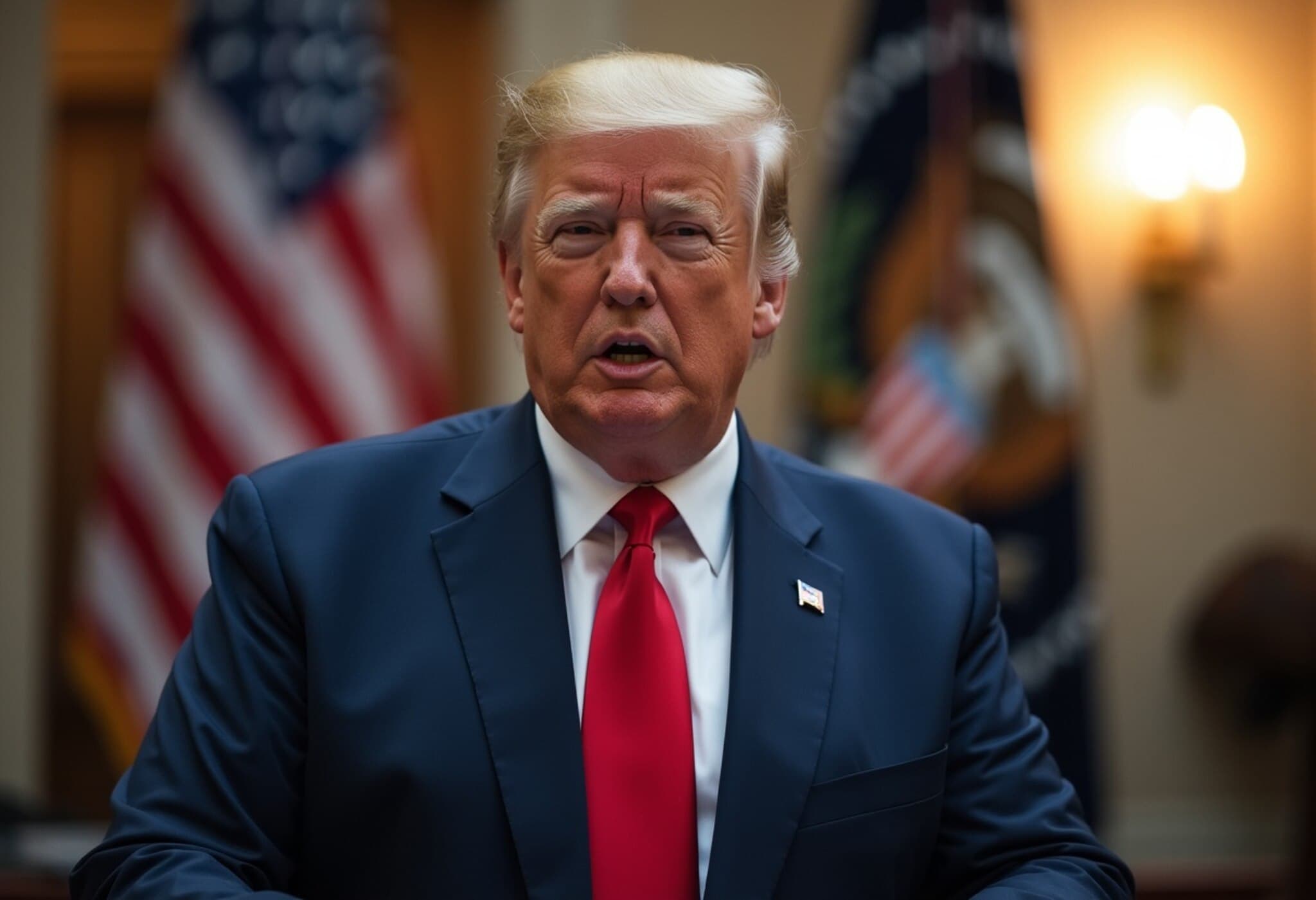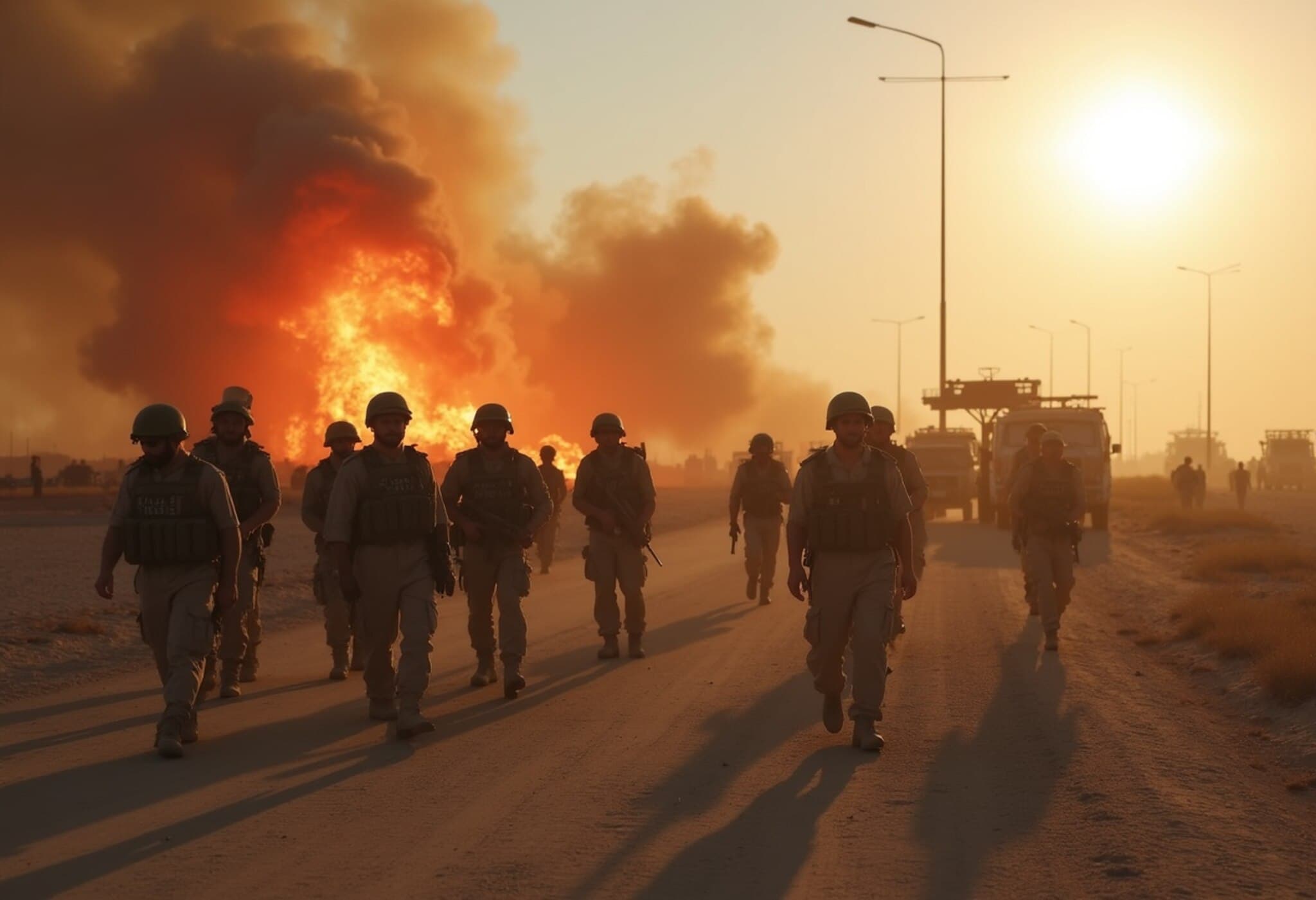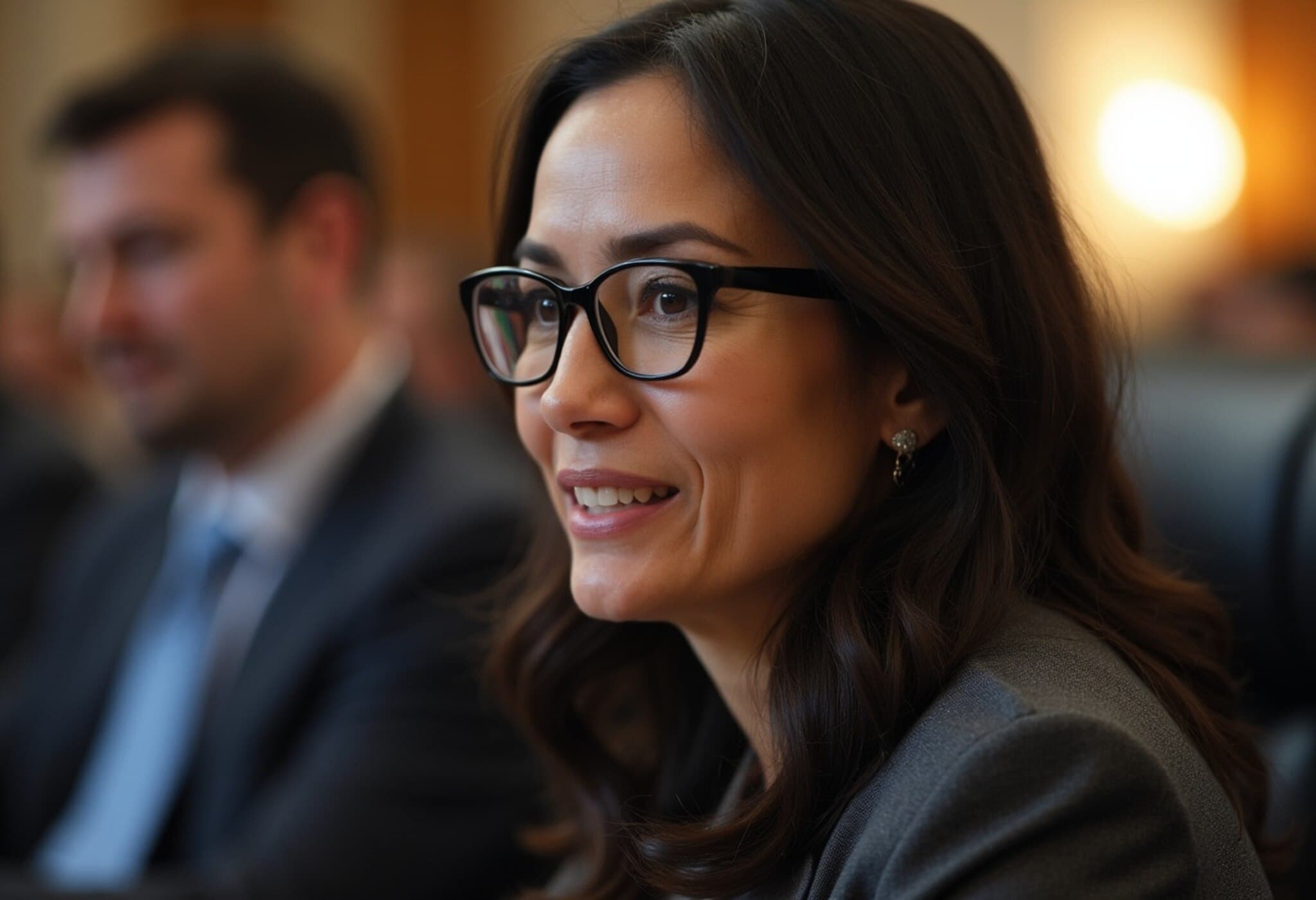Iran’s Supreme Leader Secures Leadership Amid Escalating Conflict
As tensions soar following unprecedented Israeli airstrikes, Iran’s Supreme Leader Ayatollah Ali Khamenei has taken extraordinary measures to safeguard the nation’s future. Hidden deep within a secure bunker, Khamenei has not only reorganized his military command line but, remarkably, named three senior clerics as potential successors, underscoring the critical and unstable state of Iran’s leadership.
The War’s Intense Impact on Tehran
The Israeli attacks, launched less than two weeks ago, represent the fiercest military offensive against Iran since the 1980s conflict with Iraq. Tehran, the nation’s capital, has faced exceptionally brutal bombardments, surpassing damage from Saddam Hussein’s eight-year war.
Despite the initial shock, Iran has regrouped, executing daily counterstrikes on Israeli targets—including vital infrastructure like hospitals, oil refineries in Haifa, religious sites, and residential areas.
Preparing for the Worst: Leadership and Security Measures
Understanding the mortal threat to himself and his close circle, Khamenei communicates primarily through a trusted aide, deliberately suspending electronic communications to evade detection. His instructions to the Assembly of Experts—a clerical body responsible for appointing the supreme leader—emphasize immediate selection of his successor from the three names he has pre-approved, bypassing the traditionally lengthy succession process.
This swift action reflects deep concerns over potential assassination attempts by Israel or the United States, even as Iran braces for a possible broader conflict if either nation intensifies involvement.
Interestingly, rumors surrounding Khamenei’s son, Mojtaba, or former president Ibrahim Raisi as successors have been dispelled, with neither figure included among the designated candidates following Raisi’s 2024 death in a helicopter crash.
Dual Fronts of Conflict: Open Attacks and Covert Threats
Iran’s war with Israel unfolds on two fronts. The first is overt: Israeli air raids on military installations, nuclear facilities, and energy infrastructure have eliminated key commanders and inflicted significant casualties, including civilians.
The second front is covert, involving infiltrators and Israeli operatives within Iran, launching drone attacks and sabotaging critical assets. This breach has rattled Iran’s security apparatus profoundly, with analysts admitting to a massive intelligence failure that allowed operatives to operate undetected for months.
Security Protocols Tighten Amid Communication Blackout
In response, Iranian authorities have implemented stringent security measures. Government officials and military leaders are ordered to avoid using cellphones or electronic devices for communication and remain underground. A widespread internet shutdown and blocked international calls aim to disrupt enemy coordination, though they have further isolated the Iranian populace.
The Ministry of Intelligence has also mandated public vigilance, requesting reports of suspicious activity and prohibiting photography or video recording near sensitive sites. Citizens have been warned of severe penalties, including execution, for collaboration with enemies.
Iranian Society Responds: Unity Amid Uncertainty
Despite the crisis, a wave of patriotism has swept across Iran, bridging deep political divides. Public figures—from athletes and artists to human rights activists—express staunch defense of their homeland. Social media buzzes with messages emphasizing national unity and resilience.
Community efforts have sprung up — with free shelters for displaced residents, virtual mental health support, and resource rationing to ensure equitable access. Interviews reveal a population both frightened and fiercely supportive of one another, symbolizing collective defiance against external aggression.
Looking Ahead: The High Stakes of a Widening Conflict
Iran’s leadership now confronts the central fears of further decapitation strikes, possible U.S. military involvement, and crippling attacks on infrastructure vital to the country’s survival. Should the U.S. deploy powerful ordnance capable of penetrating Iran’s fortified nuclear sites, the consequences could spiral into an even graver regional war.
Human rights advocates caution against violence as a path forward, emphasizing that meaningful change cannot stem from war but requires dialogue and democratic reforms.
Key Takeaways
- Ayatollah Khamenei has concealed himself in a bunker while naming pre-approved successors, reflecting leadership vulnerabilities during war.
- Israeli strikes have caused unprecedented devastation in Tehran and other parts of Iran, surpassing previous wars.
- Iran faces threats both from open military attacks and covert infiltration by foreign operatives.
- Strict security and communication blackouts aim to mitigate further internal breaches and sabotage.
- The Iranian public showcases strong national solidarity despite fears, with grassroots support efforts emerging nationwide.

